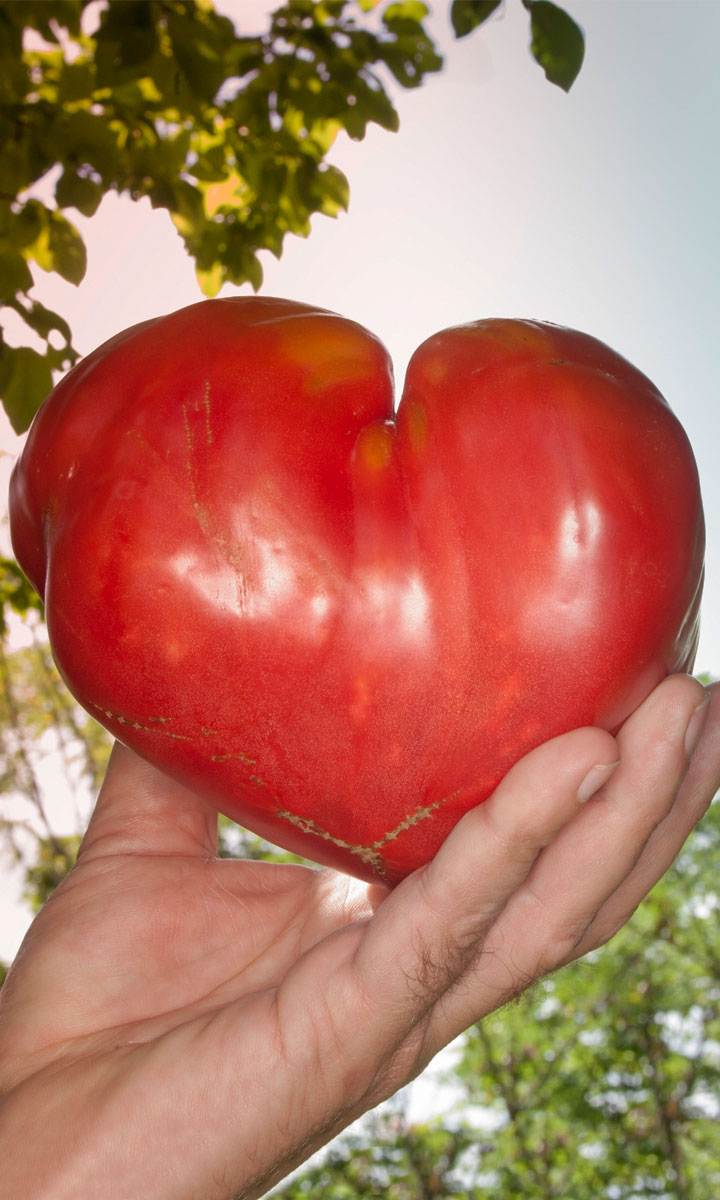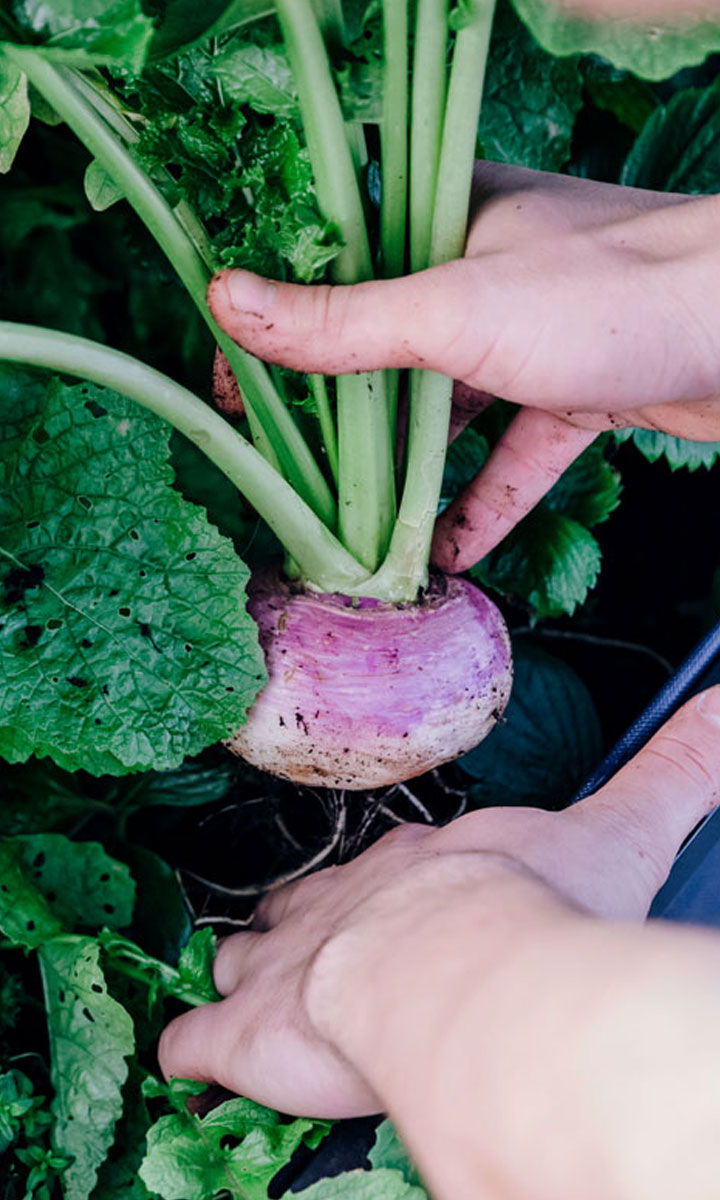Edible flowers, summer colours and flavours!

Henrique Dias
When warm, sunny days arrive, we all feel like eating lighter and drinking fresher. You can find flavours in your vegetable garden that lend themselves perfectly to summer eating, such as arugula, mint or basil. But have you ever considered delicious, colourful, edible flowers? The list of flowers that can be consumed is a long one. We promise to publish a cultivation calendar for each of them soon, so that your vegetable garden can be in bloom all year round. But let’s start with a quick overview of must-try flowers this summer and how to prepare them.
Edible flowers to try: Zucchini.
Summer is zucchini season, and you might already be admiring their pretty yellow flowers. The male flowers are the first to grow and have a longer stem, while the female flowers are the ones that bear fruit after being pollinated. Despite this difference, both are edible, as long as you remove the pistils and stamens hidden inside. Our tastiest suggestion is to stuff them with cheese, mushroom and herbs and bake them with a drizzle of olive oil. We recommend preparing them soon after picking them, as they wilt quickly. You can store zucchini flowers in an airtight container in the refrigerator, but ideally, they should go straight from the garden to your plate!
Pretty little chive edible flowers.
If you have chives in your vegetable garden, you’ve surely noticed that between spring and summer, little lavender-coloured flowers pop up at their ends. A cousin of the onion, chives hide a delicate flavour in their flowers and can add a nice touch of colour to a salad. These flowers can also be used to flavour vinegar! Simply put some flowers in a glass bottle or flask and cover them with vinegar that has just begun to boil. Seal the bottle and store it in a dark place for three days at room temperature. Filter the vinegar before savouring it.
Calendula, or Marigolds.
Known as a powerful repellent against garden pests, Calendula owes its name to its reputation for blooming during calendas, on the first day of each calendar month. However, these flowers usually flourish in the sun and in dry weather, which is why Calendula grows more easily during the summer. In addition to being a natural repellent, Calendula has antibacterial, anti-inflammatory and healing properties. That’s why it has been used medicinally since ancient Egyptian times. To pick Calendula flowers, cut off any buds that have opened recently, preferably right after a morning of sun and heat. Immediately dry them upside down in a dark place. The plant will grow back as many flowers as you cut! You can sprinkle Calendula petals on rice dishes or eggs for a pop of color and a delicate flavor, or on beets or red peppers for some vibrant contrast.
Borage’s delicate edible flowers.
Popular among herbalists for stimulating joy and courage, borage is a great gardening helper for growing strawberries, cucumbers or tomatoes during the summer. In addition, when it blooms, borage attracts bees, stimulating the pollination of the entire garden. Its fuzzy leaves and delicate flowers, usually blue with a sweet cucumber flavour, add the perfect flavour to a Pimm’s cocktail, or colour to a cucumber salad. In fact, in some regions of the Mediterranean, borage leaves are cooked and eaten as a vegetable. For a delicious summer dish, pick a few young borage leaves and mix them into a pea soup.



















